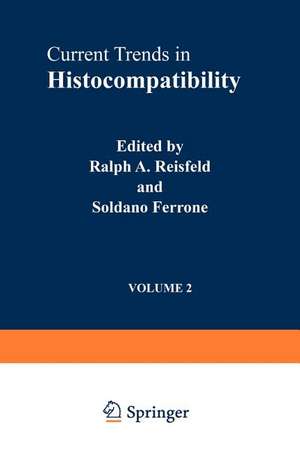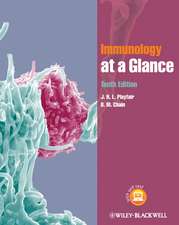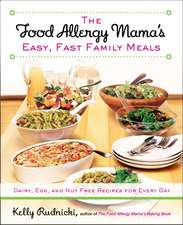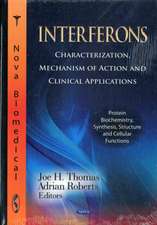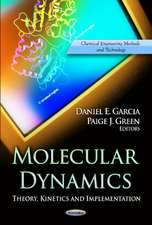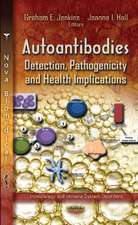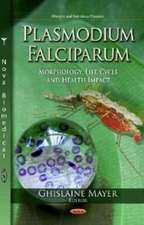Current Trends in Histocompatibility: Volume 2 Biological and Clinical Concepts
Editat de Ralph Reisfelden Limba Engleză Paperback – 16 sep 2012
| Toate formatele și edițiile | Preț | Express |
|---|---|---|
| Paperback (2) | 717.37 lei 6-8 săpt. | |
| Springer Us – 16 sep 2012 | 717.37 lei 6-8 săpt. | |
| Springer Us – 2 aug 2012 | 729.26 lei 6-8 săpt. |
Preț: 717.37 lei
Preț vechi: 755.13 lei
-5% Nou
Puncte Express: 1076
Preț estimativ în valută:
137.31€ • 149.20$ • 115.42£
137.31€ • 149.20$ • 115.42£
Carte tipărită la comandă
Livrare economică 21 aprilie-05 mai
Preluare comenzi: 021 569.72.76
Specificații
ISBN-13: 9781468437638
ISBN-10: 1468437631
Pagini: 328
Ilustrații: XVI, 311 p.
Dimensiuni: 155 x 235 x 17 mm
Greutate: 0.46 kg
Ediția:Softcover reprint of the original 1st ed. 1981
Editura: Springer Us
Colecția Springer
Locul publicării:New York, NY, United States
ISBN-10: 1468437631
Pagini: 328
Ilustrații: XVI, 311 p.
Dimensiuni: 155 x 235 x 17 mm
Greutate: 0.46 kg
Ediția:Softcover reprint of the original 1st ed. 1981
Editura: Springer Us
Colecția Springer
Locul publicării:New York, NY, United States
Public țintă
ResearchCuprins
I. Role of Histocompatibility Antigens in Cell-Cell Interaction.- 1 Histocompatibility Antigens and the T-Cell Repertoire.- 2 Continuously Proliferating Allospecific T-Cell Lines: A Model to Study T-Cell Functions and Receptors.- 3 The Dual Specificity of Virus-Immune T Cells: Functional Indications That Virus and H-2 Molecules May Associate on the Cell Membrane.- 4 Hapten Recognition by Cytotoxic T Cells: The Modifying Influence of the Major Histocompatibility Complex.- 5 New Thoughts on the Control of Self-Recognition, Cell Interactions, and Immune Responsiveness by Major Histocompatibility Complex Genes.- 6 The Role of Cell-Surface Antigens in Progressive Tumor Growth (Immunological Surveillance Re-revisited).- 7 Self-HLA-D-Region Products Restrict Human T-Lymphocyte Activation by Antigen.- 8 How Strict is the MHC Restriction of T Cells?.- II. Clinical Aspects of Transplantation: Association with Disease.- 9 The Role of Histocompatibility Antigens in Clinical Transplantation.- 10 HLA-Linked Regulation of Immune Responsiveness in Man: Role of I-Region-Gene Products.- 11 Clinical Histocompatibility Testing in Renal Transplantation: Potential Keys to Alloimmune Specificity and Reactivity.- 12 Human Ia-like Alloantigens and Their Medical Significances.- 13 The Enigma of Good Kidney-Graft Survival in the Face of Poor HLA Matches: HLA Matching for Kidney Transplantation Makes Sense.- 14 Histocompatibility Antigens and Susceptibility to Disease—Genetic Considerations.
